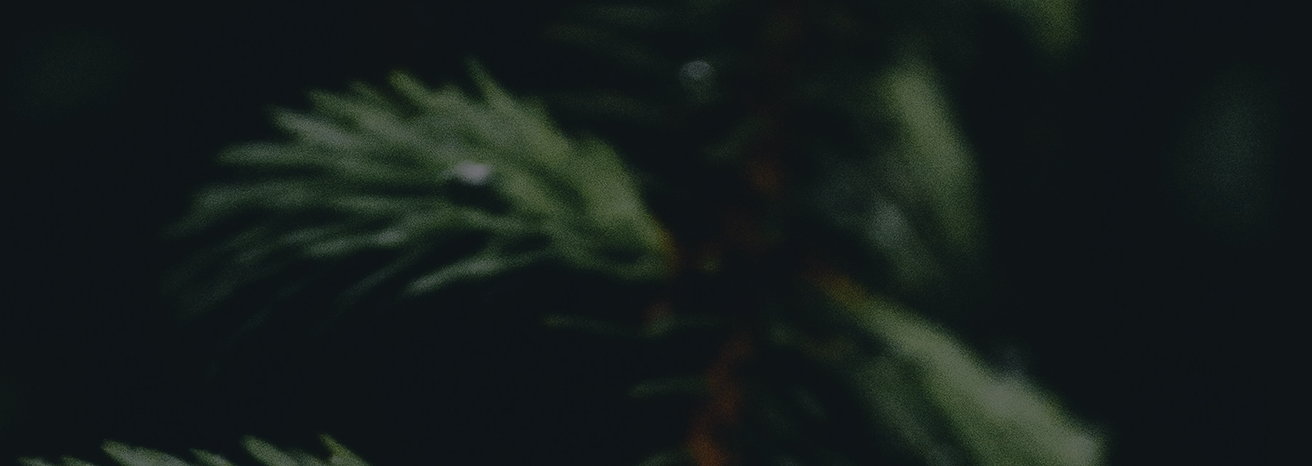Acne
Acne is a chronic inflammatory skin disease characterized by blackheads, inflammatory lesions, and sometimes scars in the sebaceous glands and hair follicles. The face, back, shoulders, and chest are most commonly affected. The condition develops due to blockage of sebaceous gland ducts by sebum and keratinized cells, creating a favorable environment for bacterial growth.
Classification of Acne
Acne is classified by clinical presentation:
-
Comedonal — open and closed comedones without pronounced inflammation.
-
Papulopustular — red inflammatory lesions containing pus.
-
Nodulocystic — deep painful nodules and cysts.
-
Conglobate — severe form with multiple large nodules and fistulas.
Stages of Acne
There are 4 severity levels:
-
Mild — up to 10 lesions.
-
Moderate — 10–25 lesions.
-
Severe — 25–50 inflamed lesions.
-
Very severe — more than 50 lesions, pronounced nodules, scars.
Signs and Symptoms of Acne
Main symptoms include: rash, skin redness, pain and swelling in the inflamed area, and oily skin.
Scars
Severe acne often leaves atrophic or hypertrophic scars of varying depth that affect the skin’s appearance.
Pigmentation
Post-inflammatory hyperpigmentation appears as dark spots where lesions have healed.
Causes of Acne
-
Genetics — hereditary predisposition affects sebaceous gland activity and susceptibility to inflammation.
-
Hormones — excess androgens stimulate sebaceous gland activity, especially during adolescence or endocrine disorders.
-
Infections — proliferation of Cutibacterium acnes in blocked follicles triggers inflammation.
-
Diet — high sugar and refined carbohydrate intake can worsen breakouts.
-
Stress — emotional stress provokes hormonal fluctuations, worsening skin condition.
-
Other factors — unfavorable environment, improper skincare, use of certain medications.
Mechanism of Acne Development
Initially, hyperkeratosis of sebaceous gland ducts occurs, followed by increased sebum production. Sebum and dead cells block pores, creating an anaerobic environment for bacterial growth. Inflammation develops, leading to pimples and blackheads.
Diagnosis of Acne
Diagnosis is made by a dermatologist based on examination and medical history.
Differential Diagnosis
Necessary to rule out rosacea, folliculitis, perioral dermatitis, and other skin conditions.
Acne Treatment
Skincare
Gentle cleansing without harsh products, use of non-comedogenic cosmetics, regular hydration, and sun protection are recommended. This helps reduce inflammation and maintain the skin barrier.
Diet for Acne
Balanced nutrition is essential. A diet with a low glycemic index, adequate protein, fresh fruits, vegetables, and healthy fats supports metabolism and reduces breakouts.
Systemic Treatment
In more complex cases, systemic therapy is prescribed. Doctors may recommend:
-
Antibiotics to reduce inflammation.
-
Retinoids to normalize sebaceous gland activity.
-
Hormonal medications in acne related to endocrine disorders.
This approach requires strict medical supervision.
Procedures for Acne Treatment
Modern methods are used to achieve lasting results:
-
Chemical peeling — removes dead cells, smooths skin, reduces new inflammation.
-
Laser acne treatment — targets inflamed areas, improves microcirculation, supports regeneration.
-
Phototherapy course — destroys acne-causing bacteria, reduces redness.
-
Ozone therapy — antibacterial and anti-inflammatory effects, accelerates healing.
-
Microdermabrasion — gently polishes skin, reduces post-acne scars and improves texture.
Prevention of Acne
Regular skincare, diet correction, hormonal balance monitoring, quitting smoking, and avoiding excess sugar.
Prognosis and Possible Complications
With timely treatment, prognosis is favorable. Without therapy, scars, persistent pigmentation, and psychological issues may occur.
Can Acne Be Cured Permanently?
It is impossible to completely eliminate the risk of recurrence, but proper treatment and prevention can achieve long-term remission.
Acne Treatment in Russia
Clinics
-
Seline Clinic (Moscow) — specializes in dermatology and cosmetology, uses Harmony XL ACNE laser. Individual treatment programs combine device-based methods and home care.
-
RAMI Clinic (St. Petersburg) — uses Lumenis M22 with Acn filter for effective inflammation control and skin structure improvement.
-
Olimp Clinic (Moscow) — offers comprehensive acne therapy with laser technologies and modern medications. Each patient receives a personalized treatment plan including hardware procedures and skincare programs.
Cost
Procedure prices vary depending on treatment method:
-
Dermatologist consultation — from $20.
-
Facial cleansing — from $40.
-
Chemical peeling — $40–$90.
-
Laser acne treatment — from $60 per session.
-
Phototherapy course — from $55 per procedure.
-
Ozone therapy — from $20 per session.
MARUS Assistance
MARUS helps international patients arrange acne treatment in leading Russian clinics. We select the right medical center and specialists, organize dermatologist consultations, help prepare and translate medical documents, and support patients at every stage — from therapy selection to undergoing procedures. Our team also arranges travel, including booking flights and accommodation, to ensure comfortable and stress-free treatment.
With MARUS, you can be confident in the quality of medical care and transparency of every step — from the first consultation to the final results.
Gastroenterology
Plastic Surgery
Cosmetology
Cardiology
Care Assistants
All information on this website is provided for informational purposes only and does not constitute medical advice. All medical procedures require prior consultation with a licensed physician. Treatment outcomes may vary depending on individual characteristics. We do not guarantee any specific results. Always consult a medical professional before making any healthcare decisions.

MARUS support options
Choose a package that works for you — from choosing your doctor to full-service travel and treatment
Send a request
You choose the clinic — we’ll take care of travel and treatment arrangements and all the paperwork.
